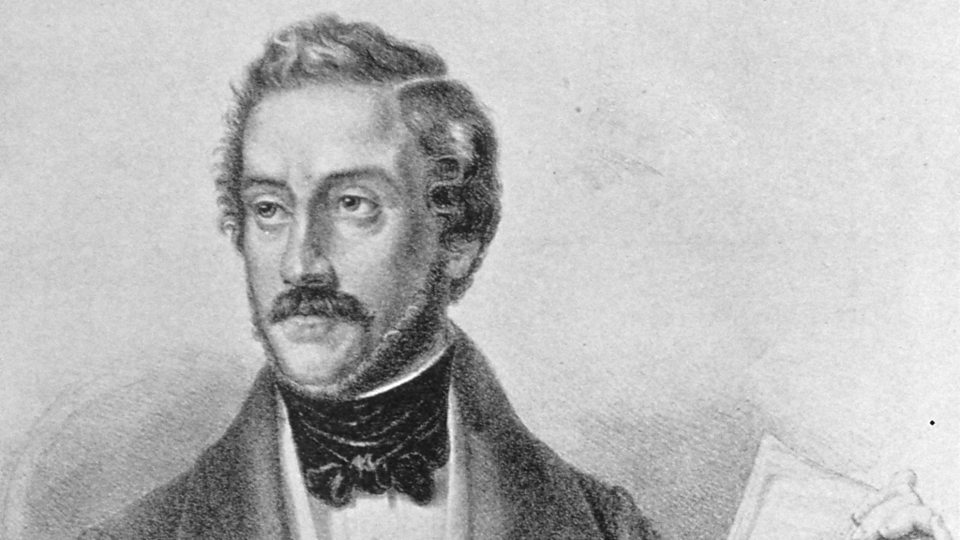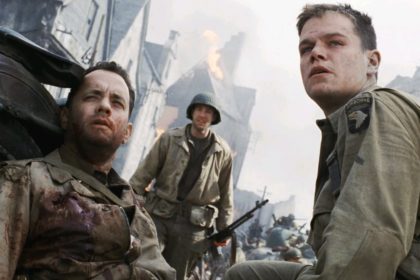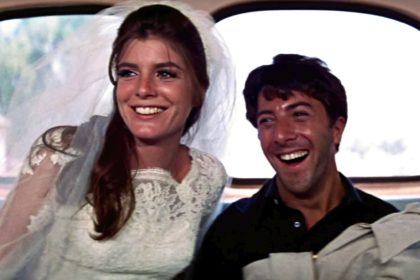Domenico Gaetano Maria Donizetti was an Italian composer. Along with Gioachino Rossini and Vincenzo Bellini, Donizetti was a leading composer of the bel canto opera style during the first half of the nineteenth century. Donizetti’s close association with the bel canto style was undoubtedly an influence on other composers such as Giuseppe Verdi. Take a look below for 30 more fun and interesting facts about Gaetano Donizetti.
1. The youngest of three sons, Donizetti was born in 1797 in Bergamo’s Borgo Canale quarter, located just outside the city walls.
2. His family was very poor and had no tradition of music, his father Andrea being the caretaker of the town pawnshop.
3. Simone Mayr, a German composer of internationally successful operas, had become maestro di cappella at Bergamo’s principal church in 1802.
4. He founded the Lezioni Caritatevoli school in Bergamo in 1805 for the purpose of providing musical training, including classes in literature, beyond what choirboys ordinarily received up until the time that their voices broke.
5. In 1807, Andrea Donizetti attempted to enroll both his sons, but the elder, Giuseppe (then 18), was considered too old. Gaetano (then 9) was accepted.
6. While not especially successful as a choirboy during the first three trial months of 1807 (there being some concern about a difetto di gola, a throat defect), Mayr was soon reporting that Gaetano “surpasses all the others in musical progress” and he was able to persuade the authorities that the young boy’s talents were worthy of keeping him in the school. He remained there for nine years, until 1815.
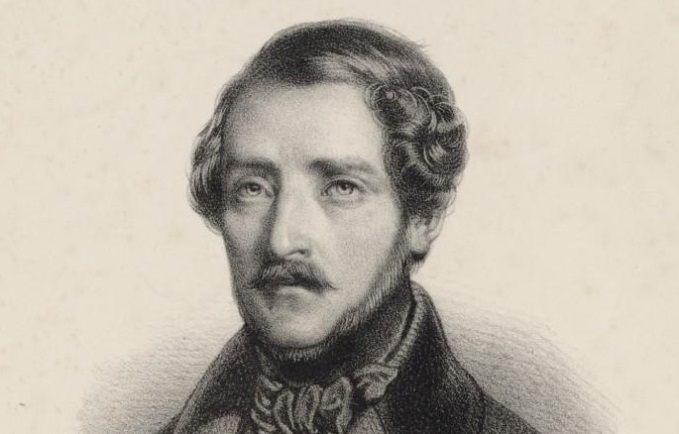
7. However, as Donizetti scholar William Ashbrook notes, in 1809 he was threatened with having to leave because his voice was changing.
8. In 1810, he applied for and was accepted by the local art school, the Academia Carrara, but it is not known whether he attended classes.
9. Then, in 1811, Mayr once again intervened. Having written both libretto and music for a “pasticcio-farsa”, Il piccolo compositore di musica, as the final concert of the academic year, Mayr cast five young students, among them his young pupil Donizetti as “the little composer”.
10. After extending his time in Bologna for as long as he could, Donizetti was forced to return to Bergamo since no other prospects appeared.
11. Various small opportunities came his way and, at the same time, he made the acquaintance of several of the singers appearing during the 1817/18 Carnival season.
12. Among them was the soprano Giuseppina Ronzi de Begnis and her husband, the bass Giuseppe de Begnis.
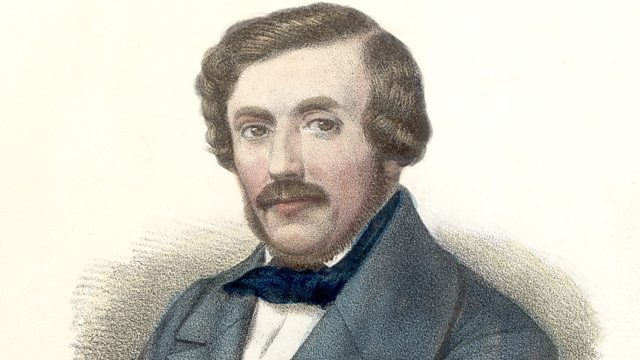
13. In 1830, Donizetti scored his most acclaimed and his first international success with Anna Bolena, given at the Teatro Carcano in Milan on 26 December 1830 with Giuditta Pasta in the title role.
14. Also, the acclaimed tenor Giovanni Battista Rubini appeared in the role of Percy.
15. After the successful staging of Lucrezia Borgia in 1833, his reputation was further consolidated, and Donizetti followed the paths of both Rossini and Bellini by visiting Paris, where his Marin Faliero was given at the Théâtre-Italien in March 1835.
16. As Donizetti’s fame grew, so did his engagements. He was offered commissions by both La Fenice in Venice—a house he had not visited for about seventeen years and to which he returned to present Belisario on 4 February 1836.
17. Just as importantly, after the success of his Lucia at the Théâtre-Italien in Paris in December 1837, approaches came from the Paris Opéra.
18. In October 1838, Donizetti moved to Paris vowing never to have dealings with the San Carlo again after the King of Naples banned the production of Poliuto on the grounds that such a sacred subject was inappropriate for the stage.
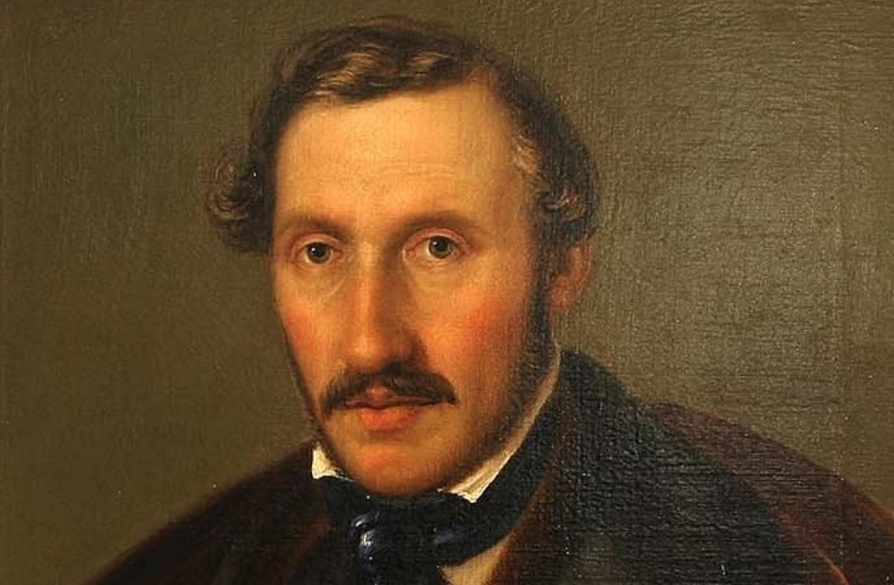
19. By 1843, Donizetti was exhibiting symptoms of syphilis and probable bipolar disorder.
20. It was during the months which Donizetti spent in Rome for the production of Zoraida that he met the Vasselli family, with Antonio initially becoming a good friend.
21. Antonio’s sister Virginia was at that point only 13.
22. Virginia was to become Donizetti’s wife in 1828.
23. She gave birth to three children, none of whom survived and, within a year of his parents’ deaths—on 30 July 1837—she also died from what is believed to be cholera or measles, but Ashbrook speculates that it was connected to what he describes as a “severe syphilitic infection.”
24. By nine years, he was the younger brother of Giuseppe Donizetti, who had become, in 1828, Instructor General of the Imperial Ottoman Music at the court of Sultan Mahmud II (1808–1839).
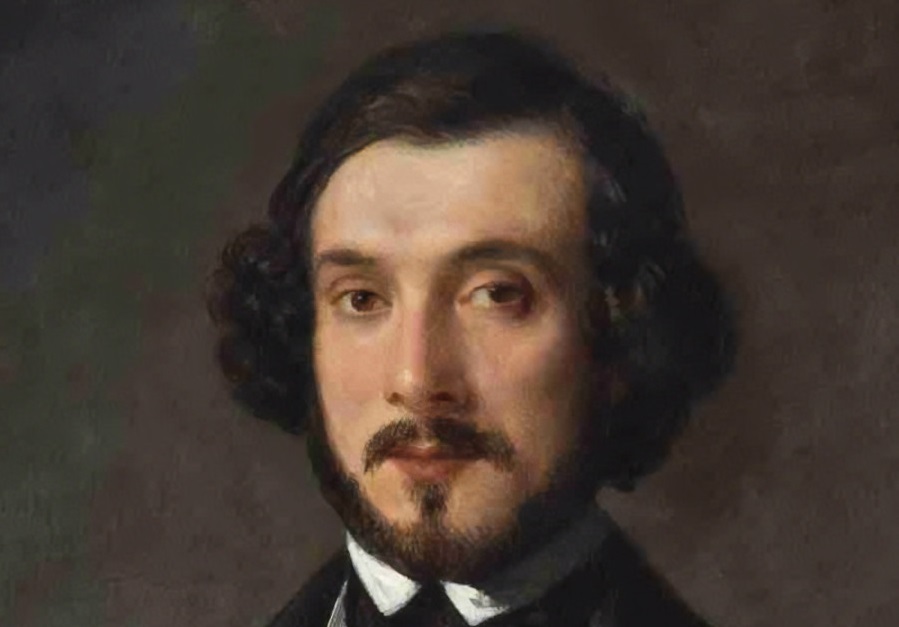
25. The youngest of the three brothers was Francesco whose life was spent entirely in Bergamo, except for a brief visit to Paris during his brother’s decline. He survived him by only eight months.
26. After the death of Bellini, Donizetti was the most significant composer of Italian opera until Verdi.
27. His reputation fluctuated, but since the 1940s and 1950s his work has been increasingly performed.
28. His best known operas today are Lucia di Lammermoor, La fille du régiment, L’elisir d’amore and Don Pasquale.
29. Donizetti, a prolific composer, is best known for his operatic works, but he also wrote music in a number of other forms, including some church music, a number of string quartets, and some orchestral pieces.
30. Altogether, he composed about 75 operas, 16 symphonies, 19 string quartets, 193 songs, 45 duets, 3 oratorios, 28 cantatas, instrumental concertos, sonatas, and other chamber pieces.

